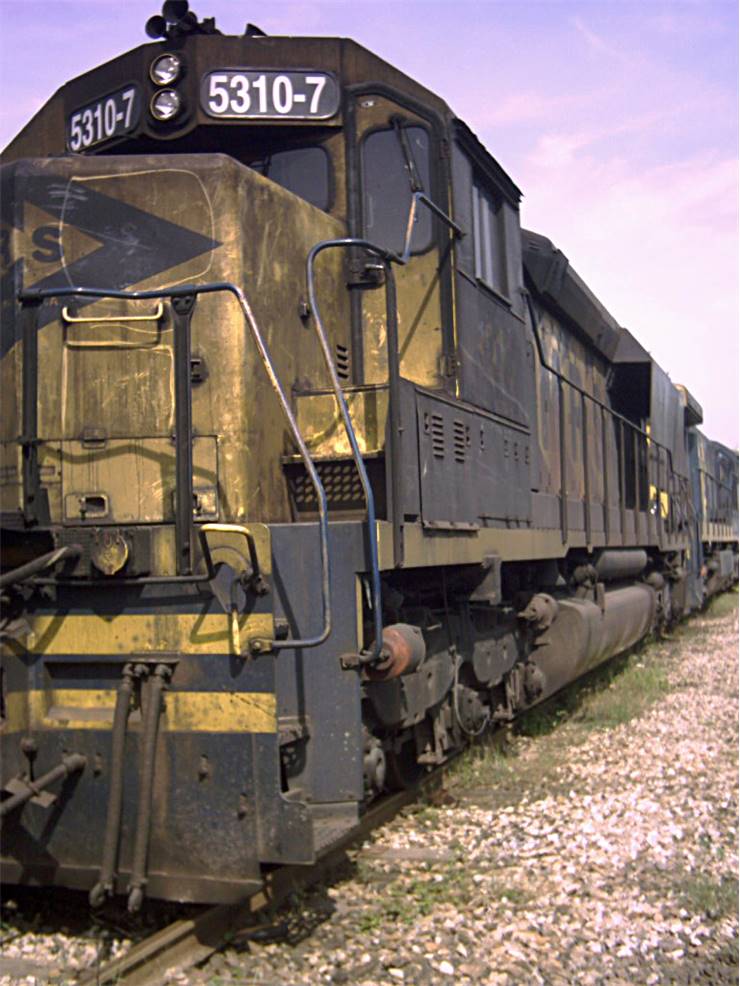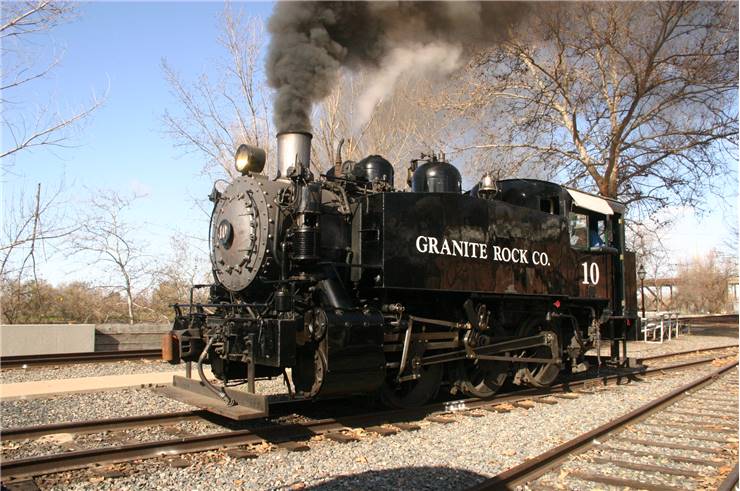History of Trains
History of the modern trains spans the range of last two hundred years of modern human civilization, who in that time used this incredible discovery to drastically change industry, human expansion, and the way we travel on daily basis.
From the first time steam train rolled over the railways of industrial England in early 1800s to the modern times when bullet trains carry thousands of passengers with incredible speeds and freight train carry substantial amount of worlds goods, trains enabled us to develop our civilization with unexpected consequences that nobody expected. Distant lands become almost instantly reachable (3000 miles journey from New York to California was cut down from one or two months to few days!), industrial manufacture could be powered with infinite amount of raw materials and outgoing transport of finished goods, and sudden fast travel (far before first airplanes were discovered) caused the need of implementing standardized time zones across entire world.
Today, trains are used in variety of ways – from small city trams, subway electric trains, distance trains (equipped with dining cars and sleeping quarters for longer journeys), freight trains, to high-speed bullet trains that can reach speeds of 300-500 kilometers per hour. However, their history started with much simpler and slower designs. Even before steam engines arrived, ancient civilizations of Greece and Egypt and industrial Europe (1600s -1800s) used horses as primary sources of driving simple train cars. With purposefully built train tracks that enabled journey in only two directions, horses or bulls needed to waste minimal amount of force while pulling coal, iron and other goods.
Arrival of first non-condensing pressurized steam engines in first few years of 19th century enabled engineers to build new kind of railway system and train cars – trains that were built to carry much more materials than ever before.

History of Railways
If you ever wanted to find out more about long and eventful history of trains, steam engines, development of first metro system and worldwide railway systems, here is the best place to do so.
Invention of Trains
Train invention represent one of the most important times in the history of human expansion and development. Here you can find out all about that period of history, inventors that created them and the impact first trains had on us.
History of Subway
Here you can find out more about subway transport systems which appeared during age when steam engines ruled railways, and inevitable electrical revolution enabled them to spread across many major cities of the world.
Facts about Trains
Facts and events that trains collected over last 200 years are numerous and extensive. If you wanted to see how this once small industry managed to grow into juggernaut that feeds modern manufacturing industry and enables reliable and safe travel to billions of people all across the world, this is the perfect place to do so.

Train History Facts
- First train appeared in the year 1804. It managed to pull 25 tonnes of iron material and 70 people over the distance of 10 miles.
- Over the course of history trains were powered by steam, electricity and diesel fuel (although one of the earliest trains in USA was powered by horses that walked on treadmills).
- Currently trains transport around 40% of world’s cargo.
- Trains are very eco-friendly, but are expensive to produce and maintain.
- First commercial steam train (Stephenson’s “The Rocket”) managed to reach speed of 96 km/h. Today’s trains can go above 200 km/h, and specialized bullet trains to over 500.
- Two most famous railway lines are 9,297 kilometers long Trans-Siberian Express which connects Moscow and Vladivostok, and off course first American railway line which connected their East and West Coast in 1866 (Union Pacific and Central Pacific Railroads).

